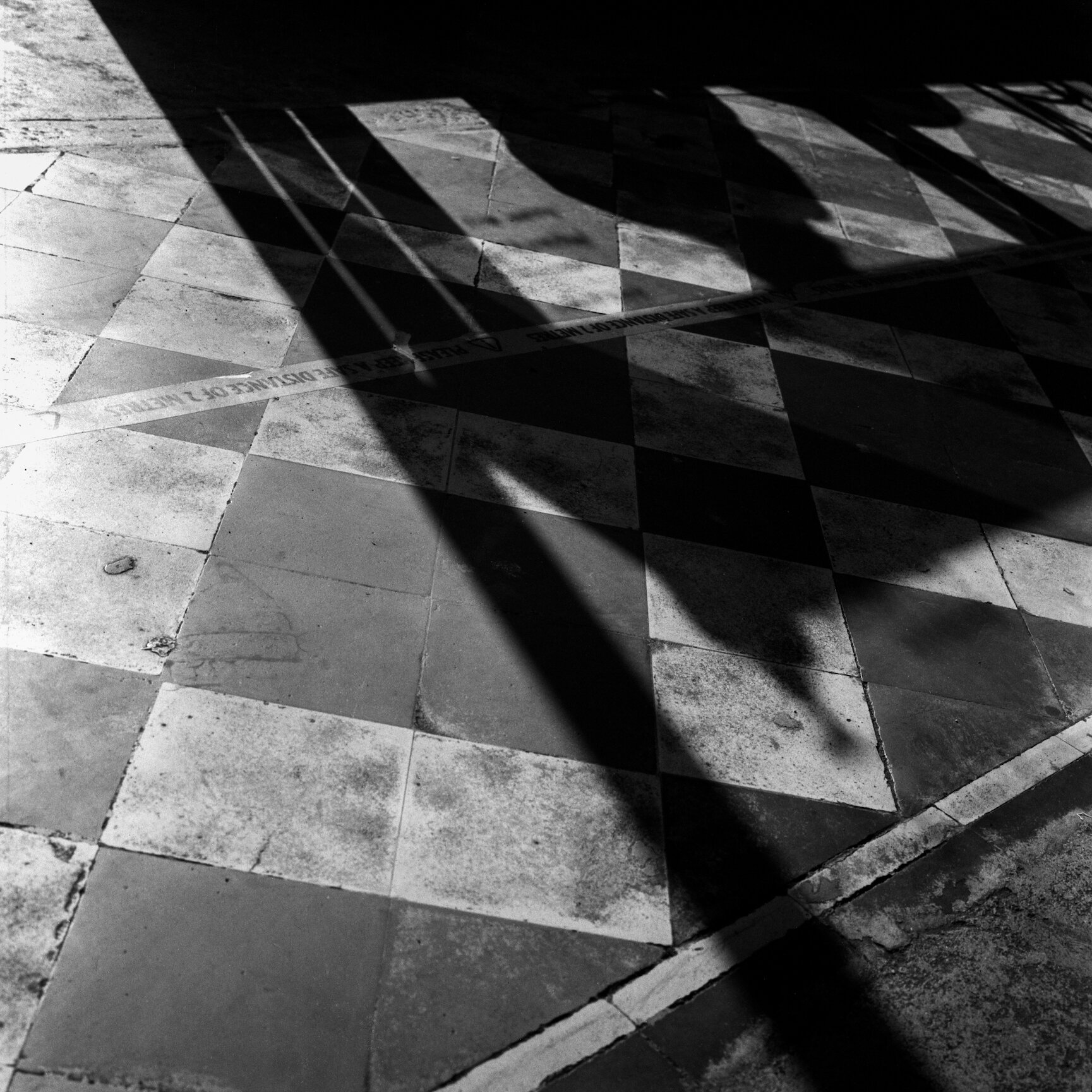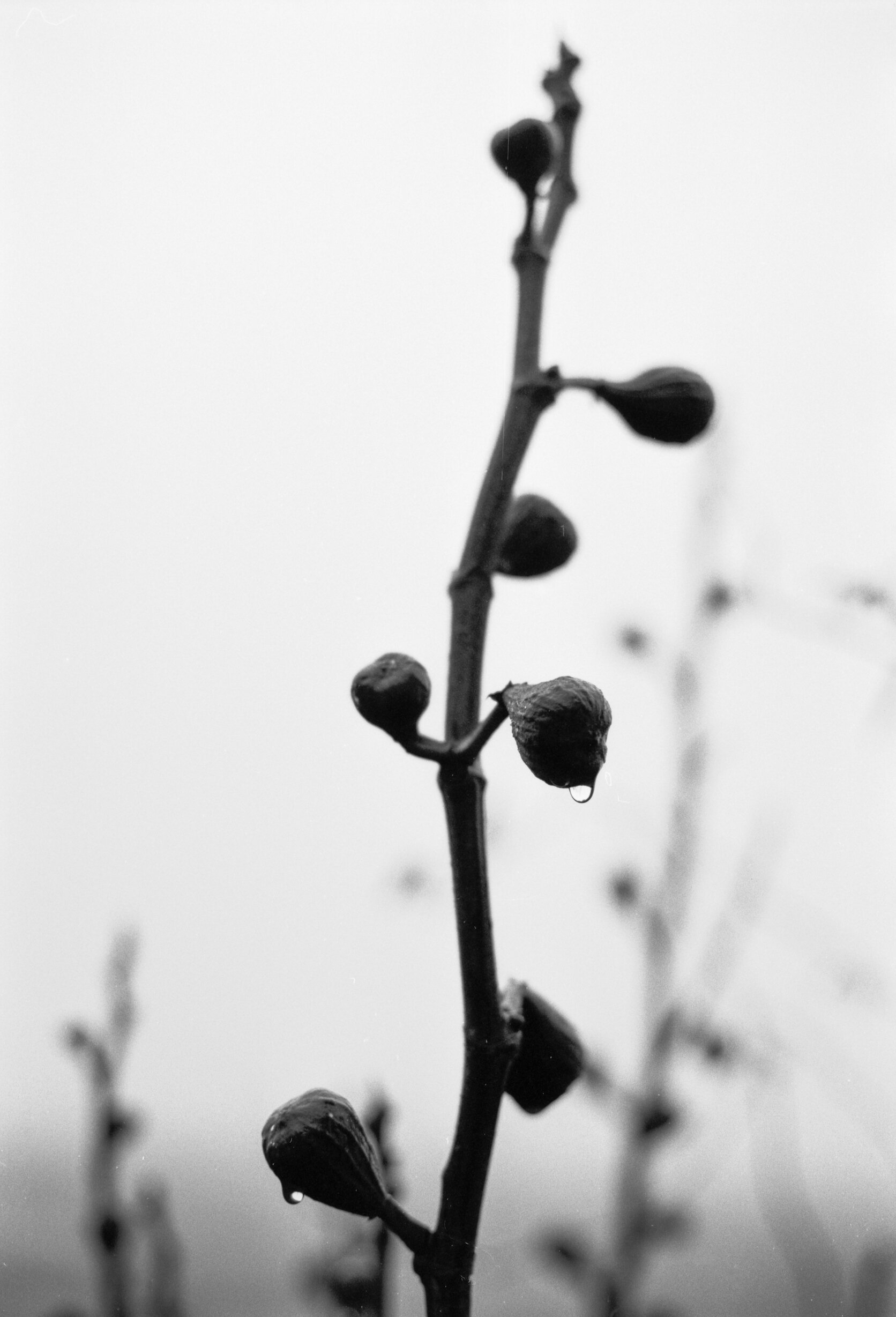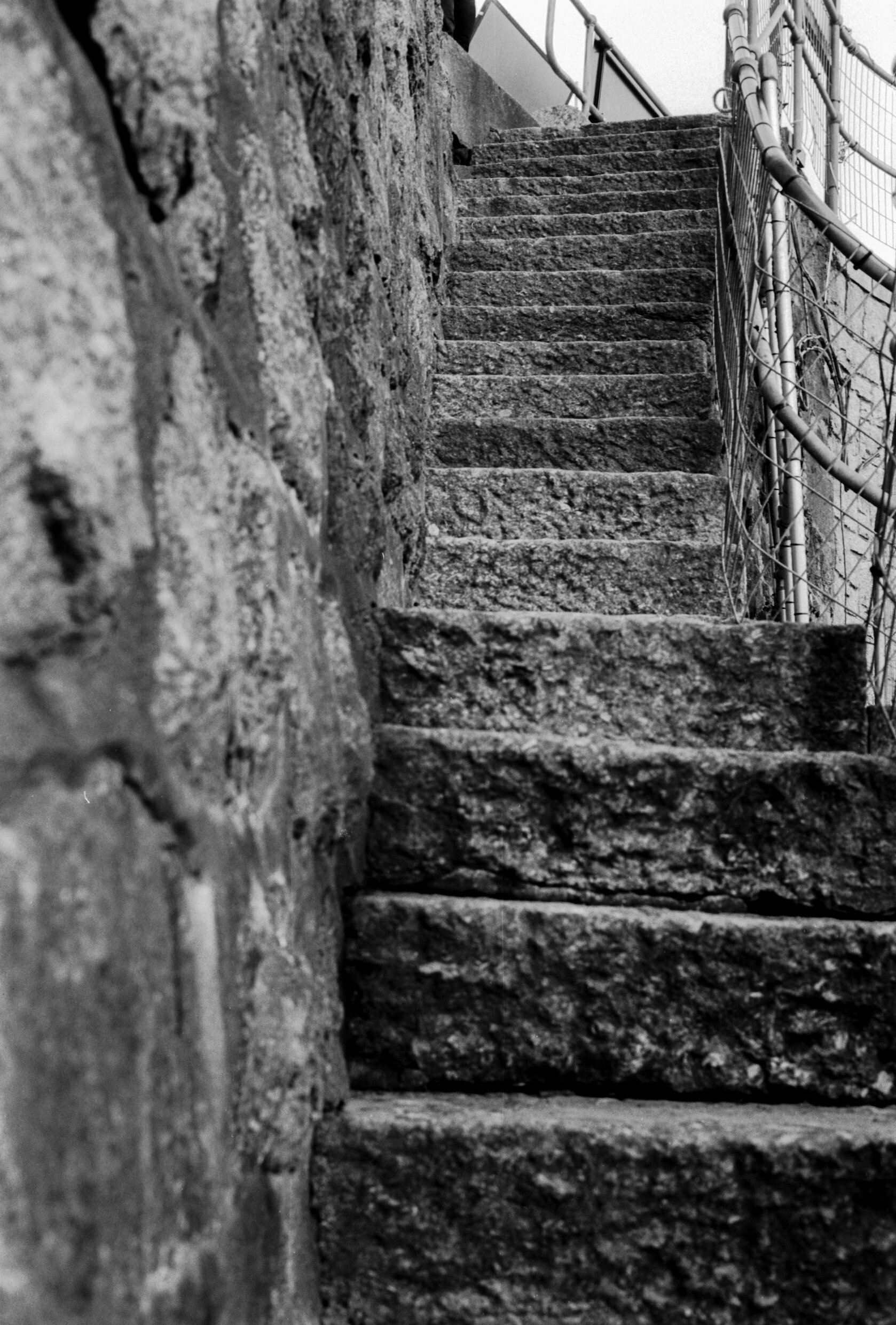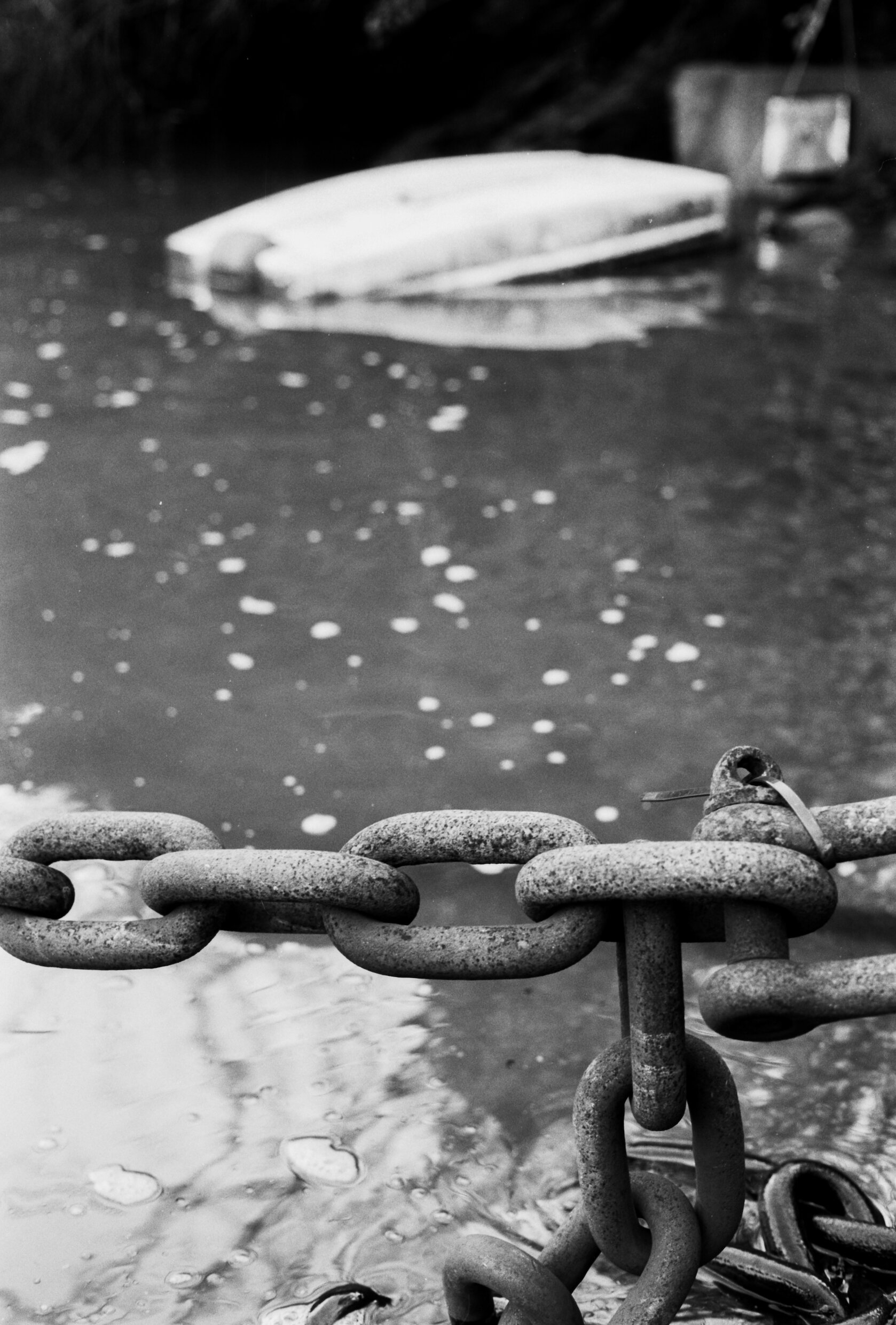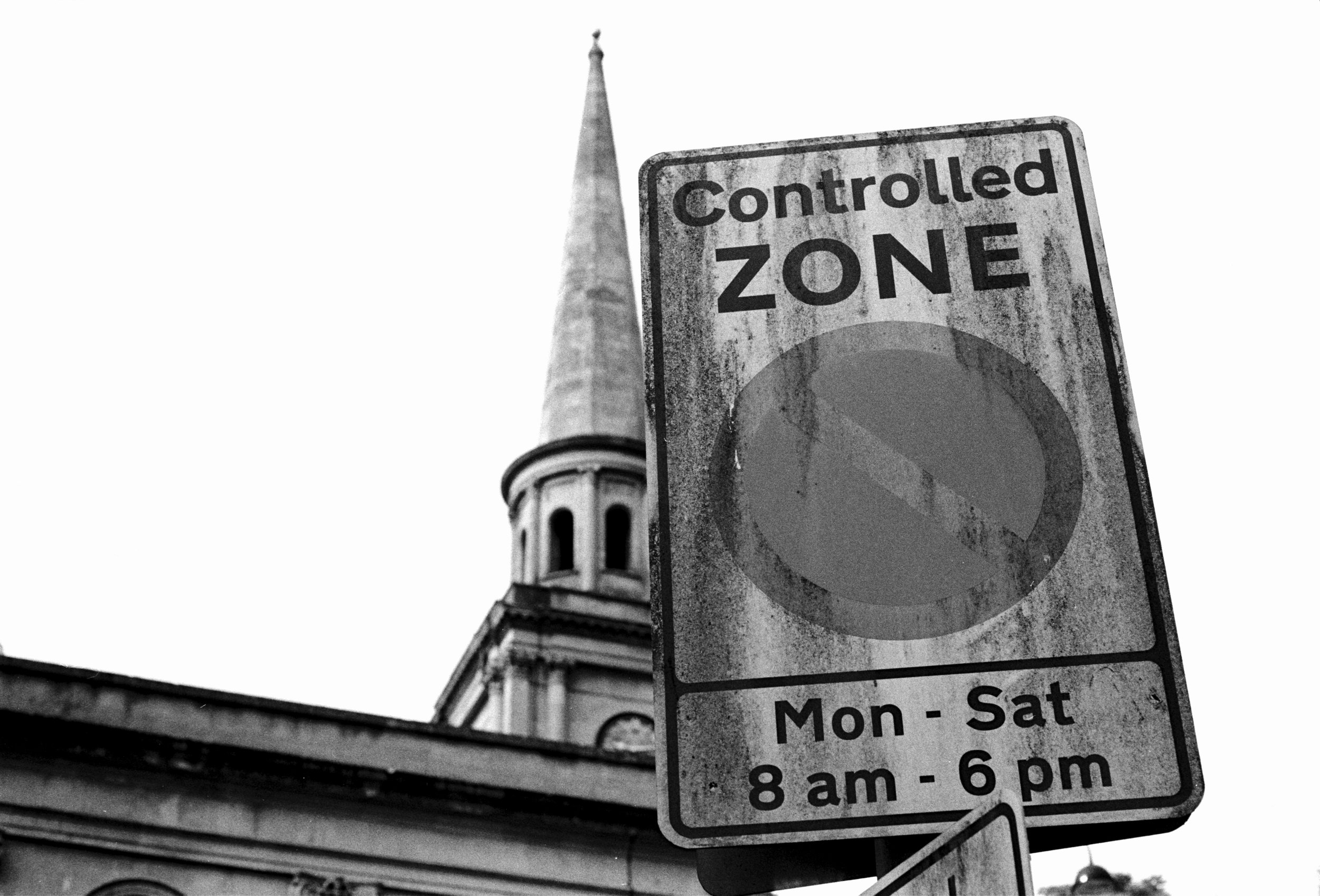What does a good person do when they can’t go to the pub for months?
That’s right - save up that cash and buy a Bronica!
Yes, I went and bought something I’ve wanted for quite a while.
A proper system-based medium format camera.
I couldn’t afford a Hasselblad. I’d been eyeing up the Bronica ETRS for a while, as well as the Mamiya 645 (but both have recently jumped up in price quite a bit). I’d even been contemplating a Kiev 88 or one of its spin-offs (reliability put me off). The Bronica S2A was very attractive, but once again - quite expensive unless you went for the slightly older S2 - and I’d heard that they could be a little bit tricksy with the gears stripping over time.
Which brought me to the EC. People were scared of the EC because of it having an electronic shutter. But I’ve got two other film cameras (Olympus OM10 and Yashica Electro 35) which rely on electronics and they work like a dream. And with all my research, I couldn’t find anyone who’d actually owned one say that the electronics were crap. So the naysayers make the EC a bit of a bargain… and I went for a nice all black one!
A detail of some boat rigging in Charlestown.
The first thing you notice with the EC is the weight. This is not a light, chuck-it-in-yer-bag camera. But that’s OK - I still have my Yashica 635 for lighter days. However, even though it is heavy it is a work of beauty.
And the CLUNK of that mirror! Even my wife had to admit, “Yeeeeah, that is a good sound.”
I ran a test roll through as soon as I got it and all looked good. But the proper test was going to be taking it to Cornwall for ten days on a family holiday/visiting the in-laws trip in October. I know what Cornwall can be like - quite changeable in weather, so I wanted a film that could (a) let me test the camera and (b) handle lots of different kinds of light. I settled on Fomapan 200 - a film I’ve shot with a lot. It hasn’t got as wide a latitude as some others but still perfectly workable for what I needed. Also, familiarity is always important when getting to know a new toy.
Shadows on the floor of a cafe in St Just.
Straight off the bat I was in love with this camera. Yes, it’s heavy. But after a while I didn’t notice that whatsoever. The viewfinder is stunningly bright - I found myself composing and focusing shots quicker than I’d ever done with an unfamilar camera. I was feeling so confident with it that I didn’t even meter every shot, as soon as I had a good measurement for a scene I just went for it and used my instinct.
Much as I love lighter cameras, I am thinking maybe I’ve found a near perfect camera for me. It has a phenomenal lens (a Nikkor 75mm f2.8), it feels great in the hands and - for a medium format - is quick to work with. I love the modular aspect of it - at present I’ve only got the one back but I will buy more so I can load up with different films. But further on from that I can build it with different viewfinders, lenses, grips, even viewfinder screens. It is a fantastic camera that can grow with me.
Film from https://analoguewonderland.co.uk
Dev and scans by https://www.silverpan.co.uk/
The little guy’s gonna end up in here somewhere, hasn’t he?
The quarry at Wheal Martyn. It is BIG. And I love all those textures.
Also at Wheal Martyn, a gorgeous wooded area.
One of the old railway trucks at Wheal Martyn.
Ruan Lanihorne on the Roseland Peninsula. Losing the light whilst metering on something quite delicate.
Waiting for the King Harry Ferry back over the River Fal.


